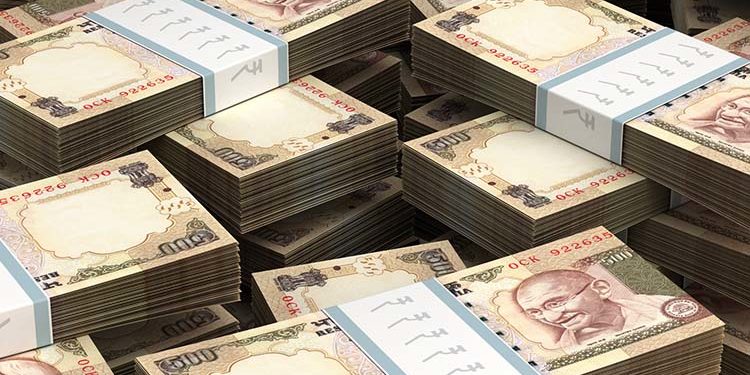(This post explains about RBI’s new tool to enhance liquidity in the system)
Liquidity management is an important aspect of monetary policy implementation. According to the IMF, funding liquidity is the ability lending agency agrees payment with immediacy. The attendant impact on liquidity conditions may necessitate durable liquidity absorption/injection operations by the Central Bank (Reserve Bank) depending on the state of durable liquidity requirements of a growing economy at any point in time. The Central banking (RBI) assumes responsibility for evening out swings in demand relative to demand on its own initiative, rather than waiting passively for individual banks to come to it.
Historically, RBI has been using government securities generally bond purchases to infuse liquidity in the system. During the year 2013 RBI allowed banks to swap their dollars received in the FCNR (B) scheme at a fixed rate as a part of liquidity management tool. A similar kind of swap took place on March 26, 2019 which allowed banks to swap their dollars through an auction instead of fixed rate and was open to all banks which want to swap their dollars for rupees. This is the new tool to enhance liquidity in the system through which it bought as much as $5 billion from the banks in a swap deal that could inject nearly 35,000 crores into the system. Banks would be required to park the swapped dollar funds with RBI with a deal to buy it back from the RBI after three years.
RBI’s active participation in the dollar/rupee swap market is not new but this is the first time the central bank has announced an auction. The swap was a simple buy/sell trade in which banks could place bids to sell their excess dollars to the RBI in and simultaneously agree to buy the same amount at the end of the swap period of three years based on the premium amount in paisa terms.
The above method of infusing funds to system by injecting Rupee liquidity for longer duration through long-term foreign exchange buy/sell swap is marked as RBI’s extant Liquidity Management Framework. Besides, the US dollar amount mobilized through Swap auction reflected in RBI’s foreign exchange reserves for the tenor of the swap while also reflecting in RBI’s forward liabilities.
Related article:



